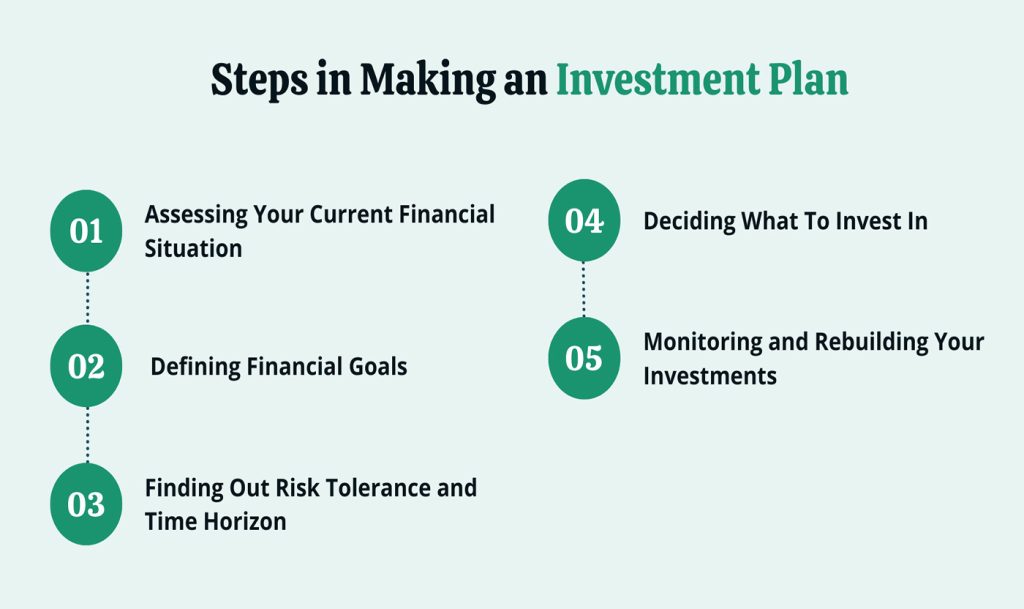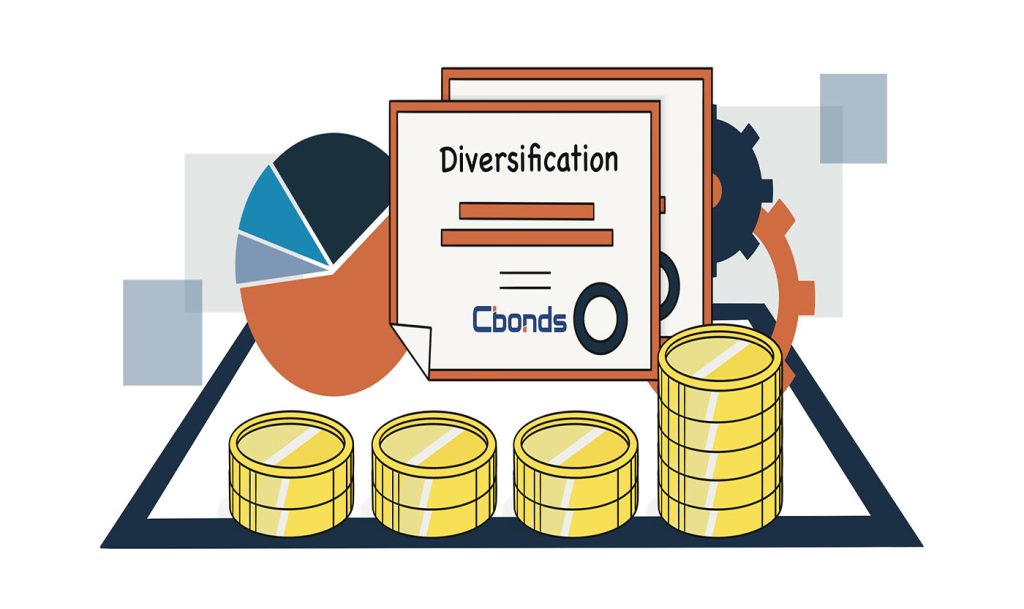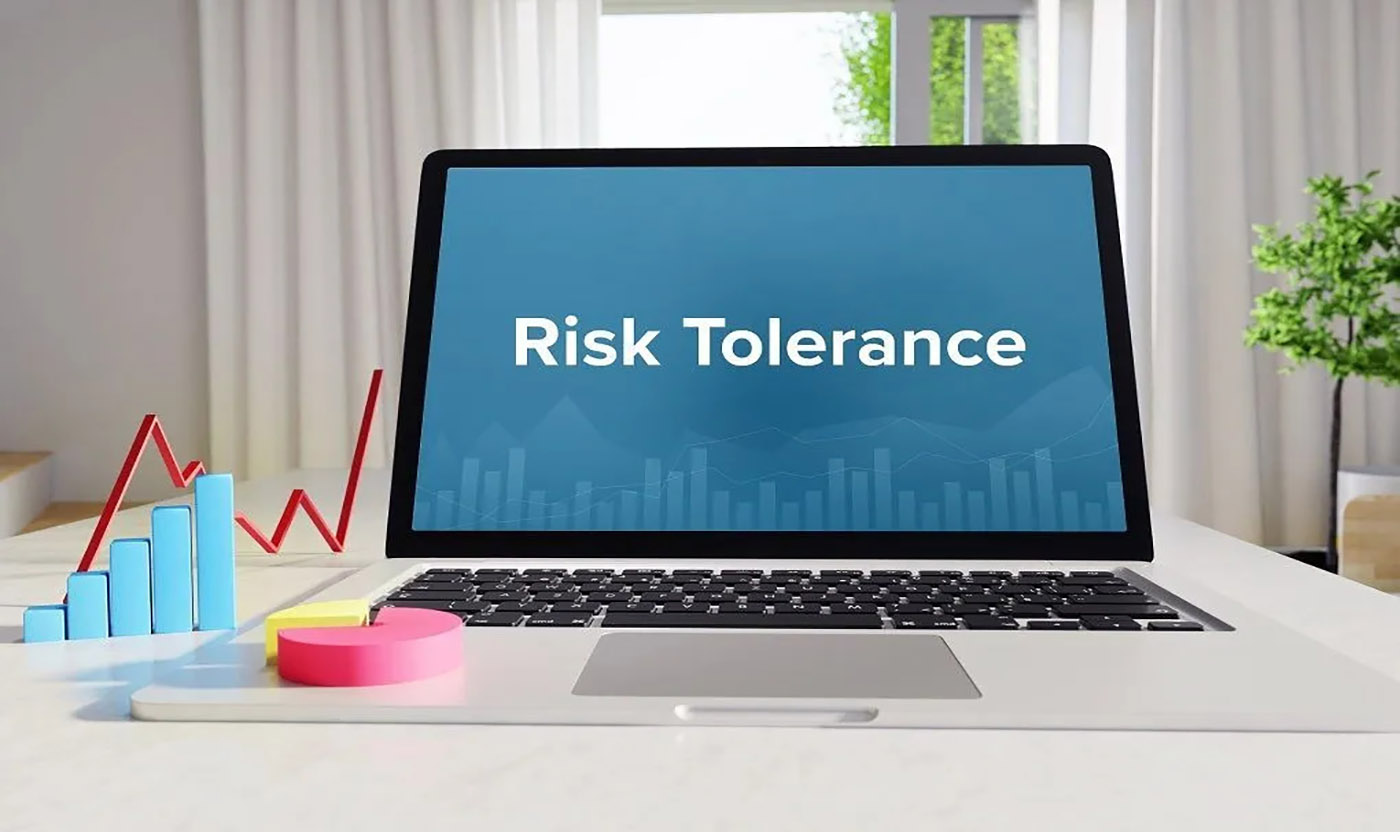In 2024, investing is no longer reserved for seasoned professionals or the wealthy elite. With the rise of online trading platforms and easy access to financial information, nearly anyone can become an investor. Yet, the reality of investing is far more complicated than simply picking a stock or cryptocurrency and watching the value rise. It involves risk, strategy, and, as I’ve learned the hard way, the inevitability of failure.
Looking back, the path to my current understanding of investing wasn’t linear. It was full of missteps, mistakes, and missed opportunities. But one of the most valuable things I’ve learned over the years is that failure in investing is not just an obstacle; it’s a lesson. In this article, I want to share with you the most significant lessons from my own investment failures—some painful, others enlightening—and how these experiences have shaped my current investment philosophy.
The Early Mistakes: Chasing Quick Profits and Following the Hype
When I first started investing, like many newcomers, I was driven by the promise of quick profits. I had a basic understanding of the stock market and was eager to build my portfolio as quickly as possible. However, instead of focusing on long-term growth, I succumbed to the allure of short-term gains.
I can recall the first major mistake I made: investing heavily in a hot tech stock that was all over the news. The stock had seen a significant increase in value over a few months, and I believed it would continue to skyrocket. I didn’t do much research. The company seemed to have all the right buzzwords—disruptive technology, groundbreaking innovation, etc.—and I jumped in without understanding the fundamentals.
Unfortunately, the stock crashed. The company had overpromised and under-delivered, and I was left with a significant loss. In hindsight, the lesson here is clear: don’t chase hype. It’s easy to get caught up in the excitement of a trending stock or the latest “hot tip,” but investing requires due diligence. I learned that investing based on FOMO (fear of missing out) rarely leads to sustainable success.
Lesson 1: Research and Patience Are Key
The most important lesson from this failure is the importance of conducting thorough research before investing. Today, I make sure to analyze a company’s financial health, its leadership team, and its long-term growth potential before investing in any stock. Platforms like Morningstar and Seeking Alpha provide excellent resources for understanding a company’s fundamentals, and they have helped me avoid making rash decisions.
I’ve also learned to be more patient. Rather than looking for quick gains, I now focus on long-term growth. Index funds and ETFs (exchange-traded funds), which offer exposure to a broad range of companies, have become a staple in my portfolio. They are less volatile than individual stocks and have a proven track record of delivering steady returns over time.

The Second Mistake: Letting Emotions Drive My Decisions
Another investment mistake I made was allowing my emotions to influence my decisions. The stock market is a roller coaster ride of emotions—pride when your portfolio is up, panic when it’s down. I vividly remember the first time my portfolio took a significant hit. I was paralyzed by fear, convinced that the market was crashing and that my investments were doomed.
In my panic, I sold off a large portion of my holdings, locking in a loss that I could have avoided if I had just stayed the course. This knee-jerk reaction was driven by a sense of urgency and fear of losing everything. In reality, it was my emotions that clouded my judgment, not the market itself. As time passed, the market rebounded, and I regretted selling so early.
Lesson 2: Emotional Control Is Crucial
This experience taught me that emotional control is one of the most important skills an investor can have. It’s easy to let fear or greed take over, especially when the market is volatile, but reacting impulsively to short-term market movements often leads to losses. The key to investing successfully is to stay calm and stick to your strategy, especially during times of uncertainty.
I also learned the importance of setting realistic expectations. The market goes up and down, but over the long term, it tends to go up. I now view short-term losses as temporary setbacks, not signs of a market collapse. When things get tough, I remind myself of my long-term goals and resist the urge to make drastic decisions.
The Third Mistake: Ignoring Diversification
Diversification was a concept I understood intellectually but didn’t fully appreciate until I experienced a severe loss due to lack of diversification. Early in my investing journey, I concentrated my investments in a single sector—technology. I believed that the tech industry was on an unstoppable upward trajectory and that all my money should be invested there.
When a major tech company I invested in faced regulatory issues, its stock price plummeted, dragging down the entire tech sector. My portfolio, heavily reliant on this one sector, suffered deeply. This was a painful reminder of why diversification is essential for managing risk.
Lesson 3: Diversification Reduces Risk
Since then, I’ve diversified my portfolio across multiple sectors, including healthcare, consumer goods, energy, and international markets. By holding investments in a wide range of sectors, I am better protected against the risk of a downturn in any one industry.
If you’re unsure where to start with diversification, ETFs are a great way to spread your investments across various sectors and asset classes. Websites like Vanguard and BlackRock offer diversified ETF options that suit various risk tolerances and investment strategies.
The Fourth Mistake: Underestimating the Importance of Fees
Another painful lesson came when I realized the impact of high management fees on my returns. Early in my investing career, I didn’t pay much attention to the fees associated with the mutual funds I was purchasing. I assumed that a well-known mutual fund would automatically be a good investment, regardless of the fees.
What I didn’t realize at the time was that management fees eat away at your returns over time. A high-fee mutual fund may outperform in the short term, but over the long haul, the fees can significantly reduce your overall returns. I came to understand this the hard way when I looked at the long-term performance of my high-fee funds and compared it to lower-fee options like index funds and ETFs.
Lesson 4: Pay Attention to Fees
This mistake led me to seek out low-fee alternatives. Today, I primarily invest in low-cost index funds and ETFs, which typically have lower management fees than actively managed mutual funds. Websites like Fidelity, Vanguard, and Schwab offer a wide range of low-fee investment options that are great for long-term investors.
Even a small difference in fees can have a significant impact on your portfolio’s growth. I now prioritize keeping my investment costs low while ensuring that my portfolio is well-diversified.
The Fifth Mistake: Not Having a Clear Investment Plan
One of the biggest mistakes I made was not having a clear, written investment plan. I was flying by the seat of my pants, making decisions based on gut feelings, news headlines, and the latest trends. This lack of direction led to impulsive decisions and missed opportunities. I had no clear idea of my risk tolerance, investment goals, or time horizon, which resulted in a scattered and inefficient investment strategy.
Lesson 5: A Clear Plan Is Essential
Now, I take the time to create a comprehensive investment plan that outlines my goals, risk tolerance, and asset allocation. This plan serves as a roadmap, helping me make decisions during times of market volatility. Websites like Personal Capital and Betterment have great tools to help you create a personalized investment plan and track your progress over time.
Having a plan in place helps prevent impulsive decisions and ensures that I stay on track to meet my long-term financial goals.

Moving Forward: Embracing the Lessons Learned
Investment mistakes are inevitable, but it’s how we respond to those mistakes that matters most. For me, each failure has been an opportunity to learn and grow. I’ve realized that investing is not about avoiding mistakes altogether, but about learning from them and using that knowledge to become a better investor.
As I move forward in my investment journey, I approach it with more caution, patience, and discipline. The road to financial success is not always smooth, but by embracing these lessons and staying focused on my long-term goals, I’m more confident than ever in my ability to navigate the ups and downs of the market.
If you’re just starting out, don’t be discouraged by setbacks. Every investor, no matter how experienced, has faced failure. The key is to learn from your mistakes and use those lessons to build a stronger, more resilient investment strategy. Stay disciplined, do your research, and always keep your long-term goals in mind.
And remember, investing is a marathon, not a sprint. Stay committed, and over time, the lessons you learn along the way will become the foundation of your success.



